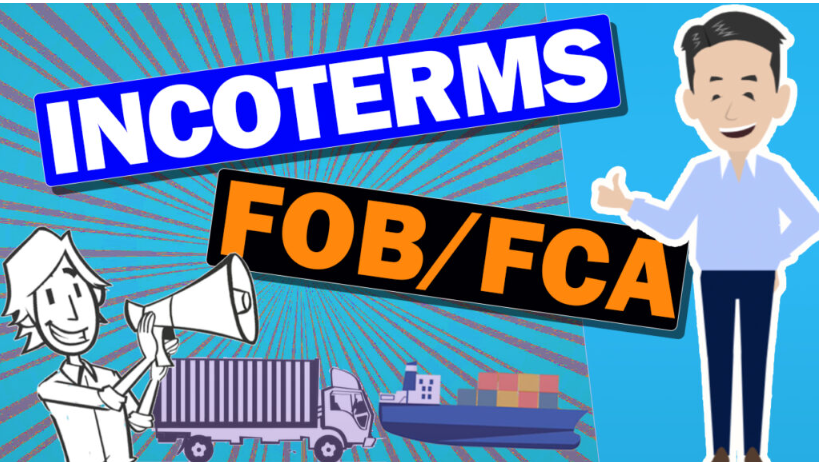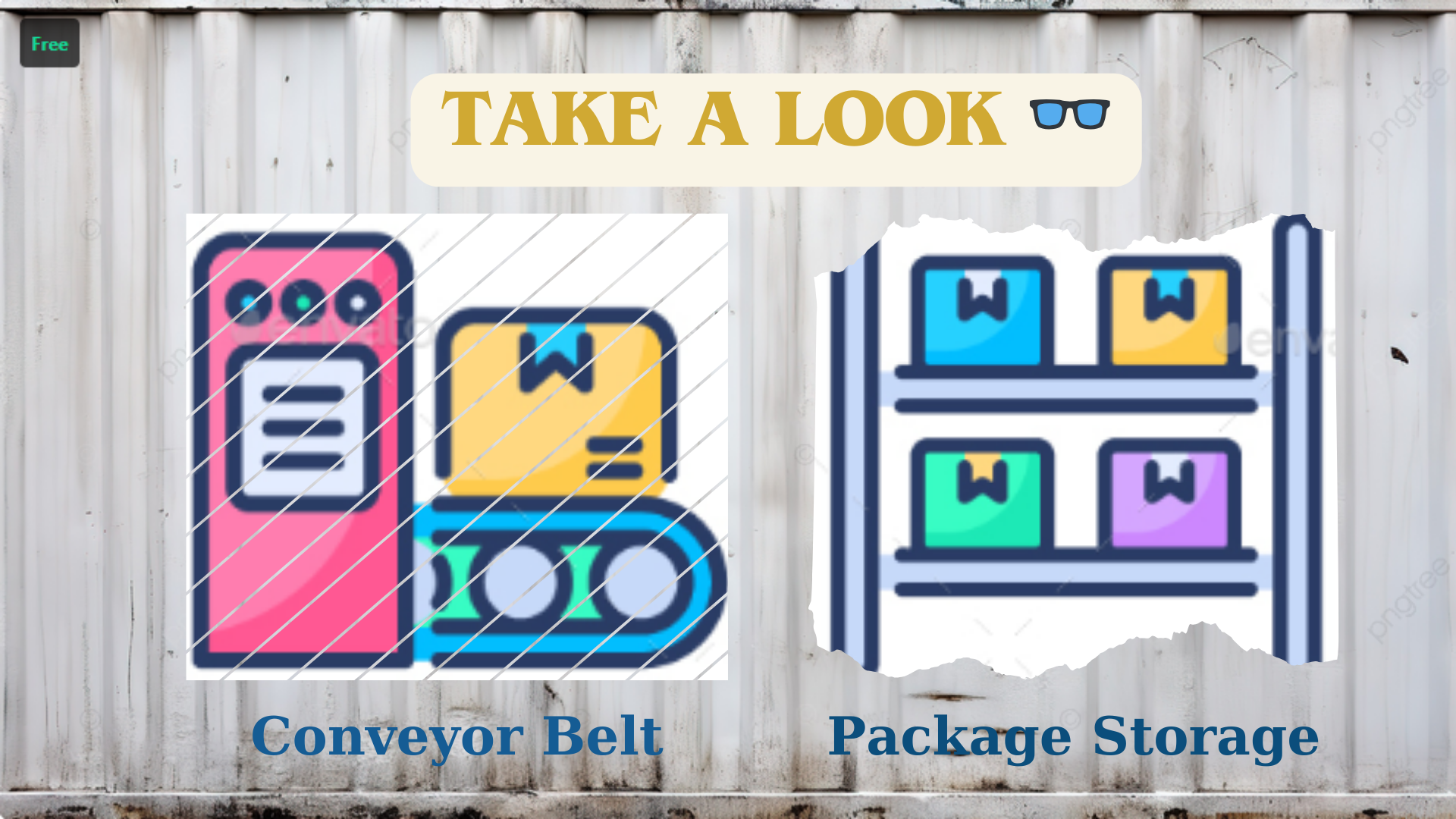FOB and FCA in INCOTERMS: Who Pays the Ocean Freight Cost?
📝Exploring FOB: A Perspective from Exporters and Importers
This time, let’s have a look at FOB from both an exporter’s and an importer’s point of view. Risk management and cost are key factors in the trade business. For example, if we are an experienced trading company, we would use FOB for countries with regular trade business arrangements. On the other hand, CFR is used by countries that do not have regular trade business arrangements. It is crucial to understand the meanings and uses of these two trading terms based on your business experience.
📝Understanding FOB
Now, let’s talk about the advantages and disadvantages of FOB. Firstly, let’s look at the term FOB. FOB, or “Free on Board,” is a trading term that outlines the transfer of cost and risk responsibilities from the seller to the buyer once the cargo is on the deck of the vessel at the exporting port. FOB means that once the cargo is on the deck of the vessel, the exporter is free from responsibilities, and the responsibility moves to the importer. The name of the exporting port is displayed after FOB on an invoice—for example, FOB Tokyo. FOB Tokyo means that once the cargo exported to Tokyo is on the deck of the vessel at the exporting port, the responsibility shifts from the exporter to the importer.
As responsibilities move from the exporter to the importer, the risk to the exporter is reduced. However, it still involves less responsibility for the importer compared to Ex-Works. FOB requires a certain level of business experience and knowledge of logistics.
📝FOB from an Exporter’s Point of View
Logistics arrangements required for FOB from an exporter’s perspective include arranging domestic trucks and customs clearance. For exporters, FOB is a lighter business condition with reduced responsibility, requiring them to take responsibility up to and including the exporting port. From this point, the shipping arrangement is entrusted to the importer.
📝FOB from an Importer’s Point of View
Now, let’s look at FOB from an importer’s point of view. If you are importing cargo regularly from a specific country, you can take advantage of using FOB as this enables you to negotiate cost reductions with a freight forwarder. If you operate a business with a company that exports cargo in bulk, it is better to use CFR than FOB. An experienced person dealing with high volumes can be more cost-effective and able to make arrangements smoothly. You also need to confirm that the freight forwarder you choose has strength and experience in logistics from exporting countries. A freight forwarder who imports from specific countries will have more options and can make arrangements smoothly; otherwise, you may need to consider changing the freight forwarder or negotiating alternative trade terms.
For example, our company regularly imports cargo from Japan and China to Thailand, giving us some business advantages. However, since we do not regularly import from Africa and South America, the cost is higher, and we are unfamiliar with their business practices. In this case, we offer our customers CFR rather than FOB to increase benefits for exporters.
📝Exploring FCA and Its Comparison with FOB
Now let’s look at FCA, which should be remembered alongside FOB. As explained with FOB, cost and risk responsibilities move from sellers to buyers once the cargoes are on the deck of the vessel. With FCA, cost and risk responsibilities move from sellers to buyers at a designated place before the cargo is on the deck of the vessel. This could be a container yard (CY) or an appointed warehouse. The benefits of FCA include less risk responsibility at the port compared to FOB.
📝Conclusion: Key Takeaways on FOB
Today, we checked FOB. With FOB, the responsibility moves from exporters to importers once the cargoes are on the deck of the vessel at the exporting port. It is important for both exporters and importers to understand FOB when requesting quotes and conducting business. When using FOB trade terms, you should consider the advantages and disadvantages of the terms before contracting out.
Xem thêm tại: http://forwarder-university.com/fob-fca-2/
SUMMARY:
This section provides an in-depth look at FOB (Free on Board) from both the exporter’s and importer’s perspectives, highlighting its significance in trade, along with its advantages and disadvantages.
🚢 FOB Overview: FOB stands for “Free On Board,” meaning the exporter’s responsibility for the cargo ends once it is placed on the vessel’s deck at the exporting port. From that point, the importer assumes responsibility and risk.
📄 FOB on Invoices: The exporting port is specified after FOB on invoices, such as “FOB TOKYO,” indicating the transfer of responsibility from exporter to importer once the cargo is loaded at Tokyo’s port.
⚖️ Risk Management: FOB reduces the exporter’s risk after loading but still requires importers to manage the logistics from the exporting port, making it less risky than EXW (Ex Works) for importers but requiring more experience.
🏭 Exporter’s Perspective: From the exporter’s side, FOB involves arranging domestic logistics, like trucking and customs clearance, but the responsibility lightens after the cargo reaches the exporting port, where the importer takes over.
🌍 Importer’s Perspective: For importers, FOB is advantageous when regularly importing from specific countries, allowing them to negotiate better sea freight rates. However, if dealing with bulk cargo, CFR might be more cost-effective.
💡 Freight Forwarder’s Role: It’s crucial for importers to work with experienced freight forwarders who are familiar with the exporting country’s logistics, or else consider switching forwarders or adjusting trade terms.
👍 Advantages: FOB is beneficial for regular imports from well-known trading partners, offering familiarity and potentially lower costs.
👎 Disadvantages: When importing from regions like Africa or South America, where trade is less frequent, the costs can be higher, and unfamiliar business practices may pose challenges, making CFR a better option in such cases.
🔄 FCA Comparison: Unlike FOB, where responsibility transfers on the vessel’s deck, FCA (Free Carrier) shifts responsibility at a designated place, such as a container yard or warehouse, before reaching the port, offering less risk at the port.
📌 Key Takeaway: Understanding FOB is essential for both exporters and importers when negotiating contracts. Each party should carefully consider the advantages and disadvantages before using FOB in trade agreements.


